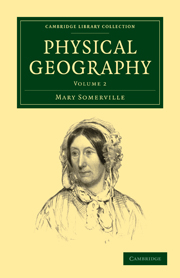Summary
Three hundred thousand insects are known: some with wings, others without; some are aquatic, others are aquatic only in the first stage of their existence; and many are parasitical. Some land insects are carnivorous, others feed on vegetables; some of the carnivorous tribe live on dead, others on living animals, but they are not half so numerous as those that live on vegetables. Some change as they are developed; in their first stage they eat animal food, and vegetables when they come to maturity. Insects increase in kinds and in numbers from the poles to the equator: in a residence of eleven months in Melville Island, Sir Edward Parry found only six species, because lichens and mosses do not afford nourishment for the insect tribes, though it is probable that every other kind of plant gives food and shelter to more than one species; it is even said that 40 different insects are quartered upon the common nettle.
The increase of insects from the poles to the equator does not take place at the same rate everywhere. The polar regions and New Holland have very few specifically and individually; they are more abundant in North Africa, Chili, and the sandy deserts west from Brazil; North America has fewer species than Europe in the same latitude, and Asia has few varieties of species in proportion to its size; Europe, especially Germany, produces many more species than intertropical Africa; Caffraria, the African and Indian islands, are nearly the same as to species; but by far the richest of all, both in species and numbers, are central and intertropical America.
- Type
- Chapter
- Information
- Physical Geography , pp. 139 - 147Publisher: Cambridge University PressPrint publication year: 2009First published in: 1848



